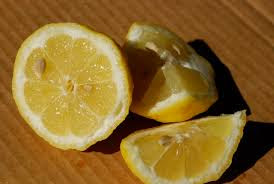Some plants are better adapted at thriving in seaside conditions, coping with high salt levels, strong drying winds and poor soils.
The plants that thrive in coastal areas have adapted to conserving water, often by succulence of leaf or stem. Alternatively they can also protect against water loss by tough waxy or hairy leaves.
All coastal plants are tolerant of high levels of salt in both the soil and in salt spray. They often have large tap roots to help anchor them in strong winds.
When planning a garden near coastal areas there are some great plant species that will thrive in this environment. Shrubs and trees can be used to act as protection for other plants, creating microclimates where other non-coastal plants can thrive.
Ammophila arenaria
Arbutus unedo
Armeria maritima
Calystegia soldanella
Chamaerops humilis
Choisya
Crataegus
Colutea
Cordyline australis
Cotoneaster
Crambe maritima
Cytisus
Eryngium maritimum
Escallonia
Euonymus fortunei
Garrya elliptica
Griselinia littoralis
Hebe
Helianthemum
Helichrysum
Honkenya peploides
Hydrangea macrophylla
Ilex aquifolium
Laurus noblis
Lavatera arborea
Lavendula
Olearia
Ononis repens
Phormium
Pittosporum
Pyracantha
Quercus ilex
Rosa
Rosmarinus officinalis
Salix
Santolina
Senecio
Spiraea
Tamarix
Ulex
Viburnum
Yucca
Plants for seaside areas




